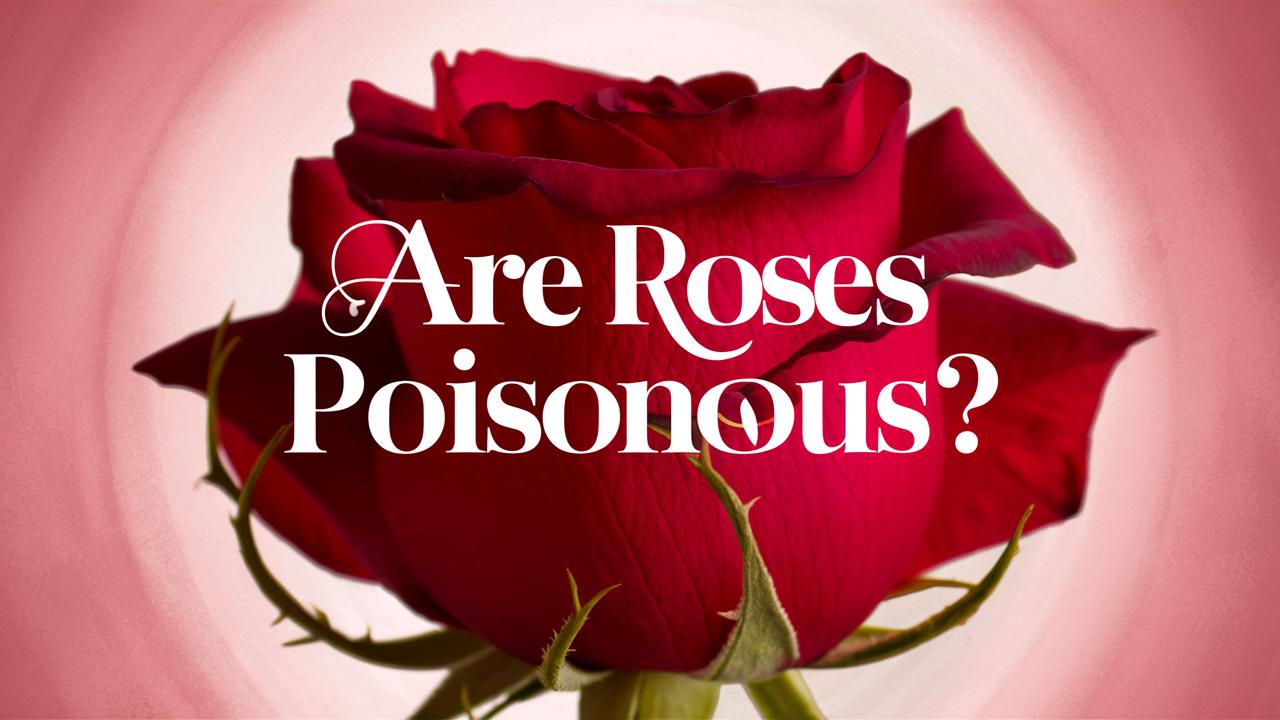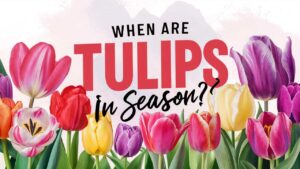Roses have long been a symbol of love, beauty, and romance, gracing gardens, bouquets, and even art. However, amid their charming appearance and intoxicating fragrance, a question often arises: Are roses poisonous? The answer is complex and nuanced.
In this comprehensive guide, we will explore the toxicity of roses, delve into the botanical reasons behind their safety, discuss precautions when handling them, and even look at their culinary potential. We’ll break this down into several sections so you can understand all aspects of these beloved flowers.
Understanding Rose Toxicity
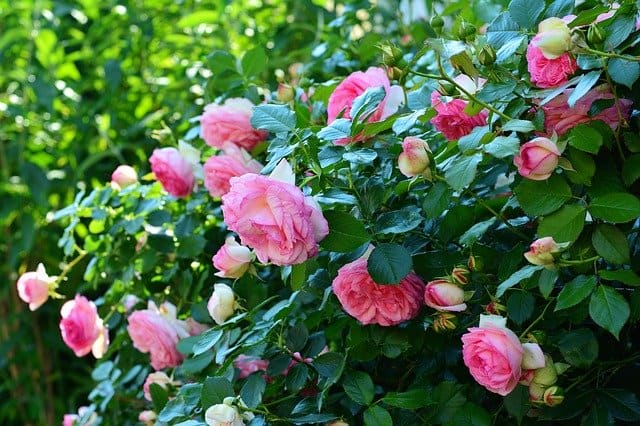
To adequately assess whether roses are poisonous, it’s essential first to understand their botanical classification. Roses belong to the genus Rosa, which comprises over three hundred species and thousands of hybrids. They are part of the family Rosaceae, which includes other familiar plants like strawberries, raspberries, and apples. This family is known for its diverse array of fruits, flowers, and ornamental plants.
In terms of their toxicity, roses are primarily non-toxic. This means that while they’re not harmful to most animals or humans, there can be exceptions when it comes to particular varieties or the interactions between different species of plants. The structure of the rose plant, its thorns, and its chemical compounds play crucial roles in its classification as non-toxic.
The Chemical Composition of Roses
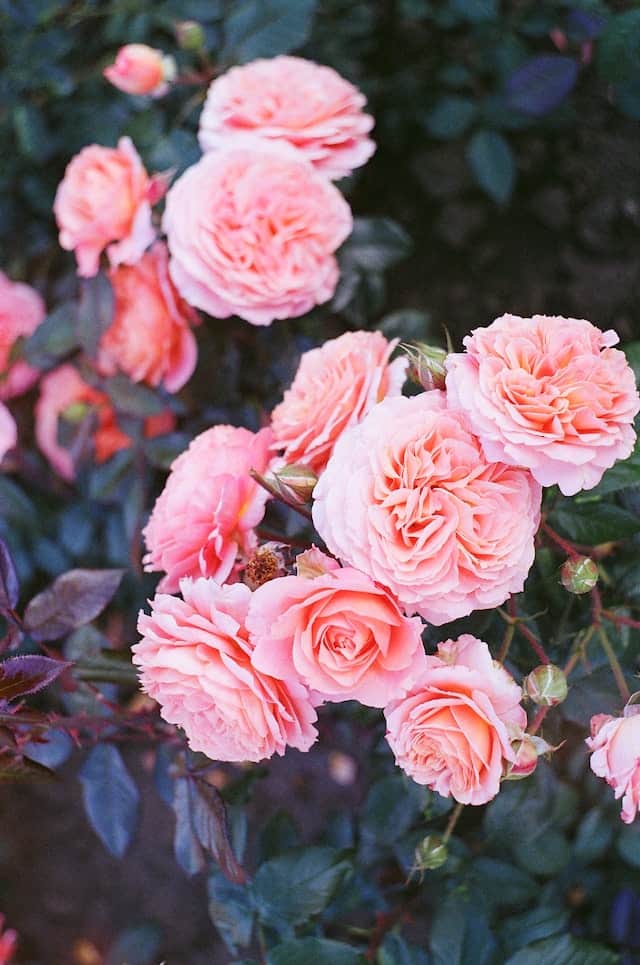
Roses contain a variety of chemical compounds that contribute to their beauty and scent. These include flavonoids, alkaloids, and phenolic compounds. Interestingly, most of these compounds are not considered harmful. For instance, flavonoids are renowned for their antioxidant properties and contribute to the overall health of the plant. The presence of such compounds adds to the beauty of the rose while fostering its resistance to pests and diseases.
Conversely, some parts of the rose contain compounds that may lead to mild gastrointestinal distress if ingested in large amounts, even if they are not classified as strictly poisonous. It’s important to note, however, that these compounds are generally present in such low concentrations that they do not pose a significant risk in everyday circumstances.
Myths and Misconceptions
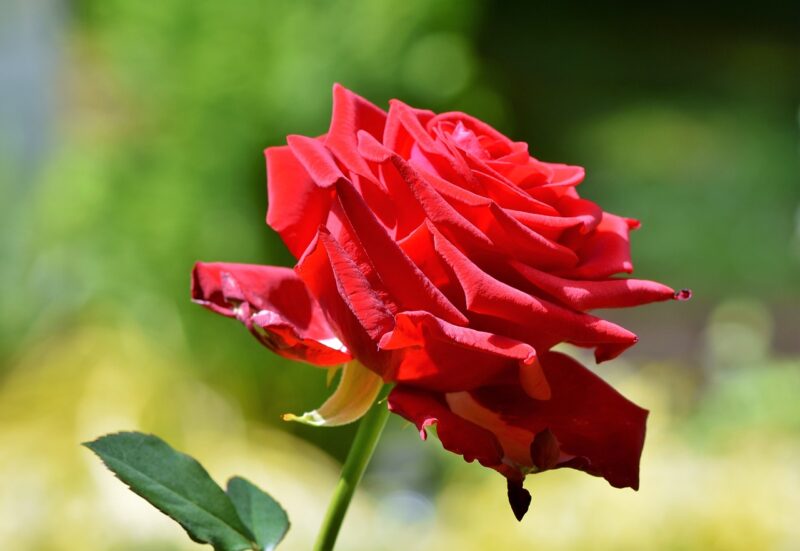
When exploring the topic of whether roses are poisonous, one must acknowledge the myths that often circulate. A common misconception is that all flowers and plants are toxic or can cause harm. This belief likely stems from a lack of knowledge regarding plant toxicology and the variable reactions that different species can evoke in various animals and humans.
Moreover, many assume that the presence of thorns on rose stems indicates a poisonous nature. While it’s true that thorns serve a defensive purpose, deterring herbivores from feeding on the plant, they do not equate to toxicity. Instead, they represent the plant’s adaptation to its environment.
To further clarify: common stories about roses containing deadly properties usually pertain to the use of pesticides or fungicides, not the flowers themselves. While industrial chemicals can be harmful if consumed, particularly with residues left on flowers, the roses themselves do not inherently possess these toxic attributes.
Rose Petals: Edible and Beneficial
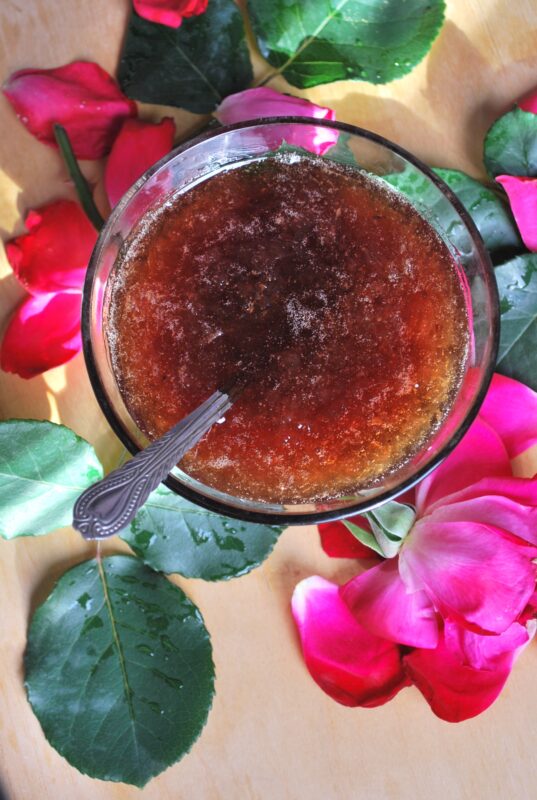
One fascinating aspect of roses that many people may not consider is their culinary use. Rose petals are not only non-toxic but also edible. In many cultures, rose petals have been used in cooking for centuries. They can be found in desserts, salads, teas, and even as flavoring for sauces. Culinary roses, such as the Damask rose (Rosa damascena), are preferred for their sweet fragrance and flavorful petals.
The petals can be candied or steeped into syrups, while the essence and aroma contribute to their use in many traditional dishes. Beyond their pleasant flavor, roses are also touted for their various health benefits, including antioxidants that combat free radicals and anti-inflammatory properties. However, caution is essential: only consume roses that have not been treated with harmful pesticides or chemicals.
Rose Thorns: Safety Considerations
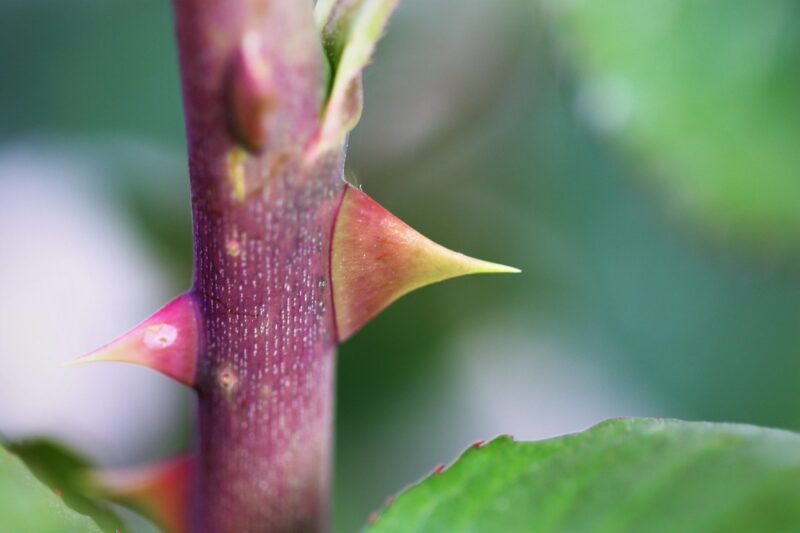
While roses themselves are not poisonous, it’s crucial to consider safety when handling these beautiful flowers. The thorns, while primarily a natural defense mechanism, can cause physical harm. They can lead to cuts and scratches, which may become infected if not treated properly. Anyone who handles roses should exercise caution and wear gloves if necessary.
Additionally, if someone is allergic to certain plants in the Rosaceae family, they may have a reaction to roses as well. Symptoms can range from skin irritations to more severe allergic responses, although these cases are relatively rare.
When working with roses, always clean your hands after handling to avoid any irritation or allergic reactions. If you experience any discomfort or unusual symptoms after interacting with roses, it’s best to consult a medical professional.
Wildlife and Rose Gardens
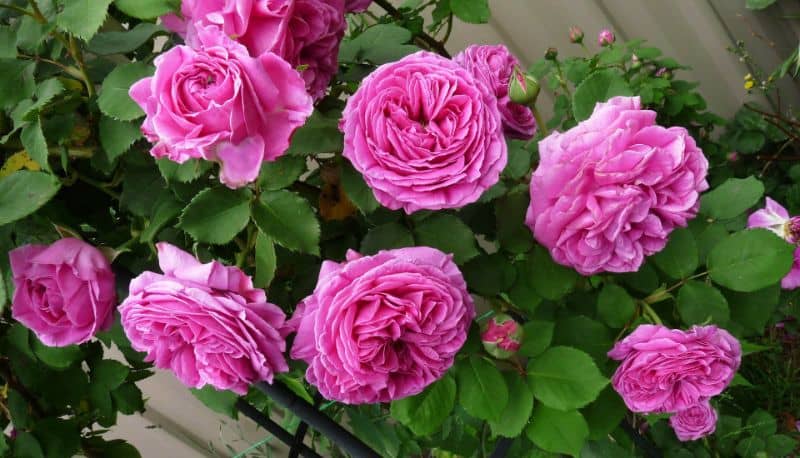
Another important area to explore is the relationship between roses and local wildlife. Roses can attract various fauna, from bees, butterflies, and hummingbirds to larger mammals like deer. Generally, most animals avoid consuming roses due to their thorns, but there are exceptions. A hungry deer or rabbit may nibble on rose leaves, and in this context, it becomes essential to understand that while roses may be mildly toxic to certain animals, they are not lethal.
Some gardeners choose to plant roses specifically to attract pollinators, thus sustaining local ecosystems. While enjoying their beauty, consider the balance of wildlife in your garden. Protecting roses from invasive or harmful species can help maintain biodiversity.
Rose Poisoning: A Rare Occurrence
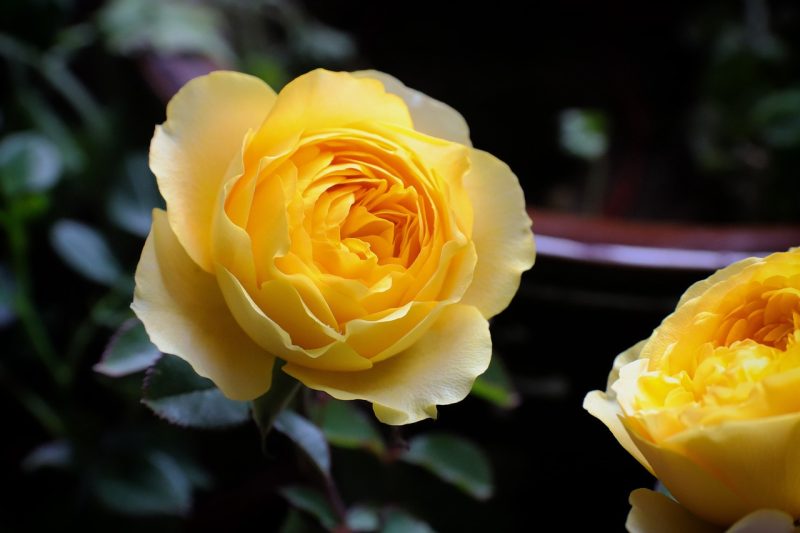
While the title of this post asks whether roses are poisonous, cases of rose poisoning are exceedingly rare. Most incidents involve severe reactions due to allergies, ingestion of large quantities of the plant, or the effects of herbicides or pesticides. Symptoms of mild toxicity can include nausea, vomiting, or stomach discomfort. Still, such cases are more akin to gastrointestinal upset rather than life-threatening poisoning.
Conversely, numerous plants often cited for toxicity can cause more significant issues, such as azaleas, lilies, or foxglove. Roses, with their centuries of cultivation, stand as a testament to why they’ve remained such a popular choice for gardens and bouquets – their beauty overshadowing their non-toxic nature.
The Therapeutic Potential of Roses
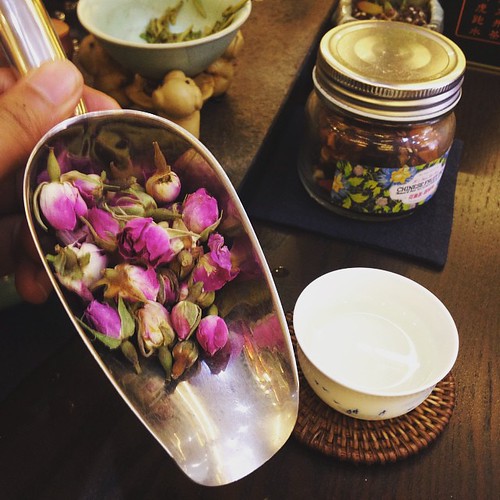
In addition to their culinary uses and symbolic significance, roses are also celebrated for their therapeutic potential. Rose essential oil, extracted from the petals, is commonly used in aromatherapy to promote relaxation and alleviate stress. It is believed to have anti-anxiety properties, often used in massages and baths to enhance overall well-being.
In traditional medicine, rose hips—the fruit of the rose plant—are considered a rich source of vitamin C and are known for their anti-inflammatory properties. They’ve been used to treat various ailments, from colds to skin conditions. However, as is the case with all herbal remedies, caution and proper understanding are critical. Consulting a healthcare provider before using rose products for medicinal purposes is essential, especially for anyone with allergies or underlying health conditions.
Growing Roses: Best Practices for Safety
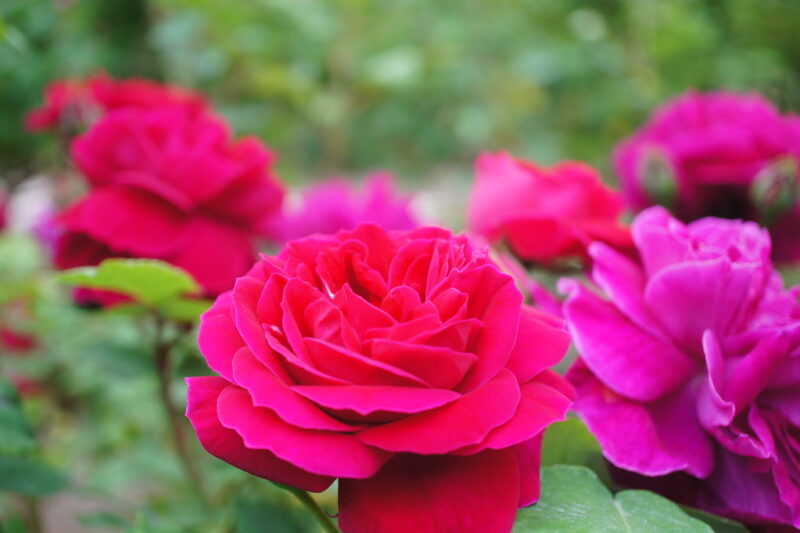
If you’re thinking about growing roses in your home or garden, it’s essential to know best practices that ensure both your safety and the well-being of the plants. Start by choosing disease-resistant varieties suitable for your climate. Take the time to regularly inspect your plants for pests, diseases, and environmental stressors. This proactive approach will help minimize the need for potentially harmful chemicals.
Make sure to research and choose organic treatments when necessary. Organic pesticides and fungicides can be effective without introducing harmful toxins into your environment. Always apply treatments as directed and during appropriate weather conditions to minimize risk to beneficial insects.
When pruning or handling roses, be sure to use gloves and protective clothing. Keep an eye out for signs of any allergic reaction in yourself or others who may come into contact with the thorns or sap. Children and pets should be monitored closely when interacting with your flora to avoid accidental ingestion of leaves or petals.
Roses Beyond Gardens: Cultural Significance
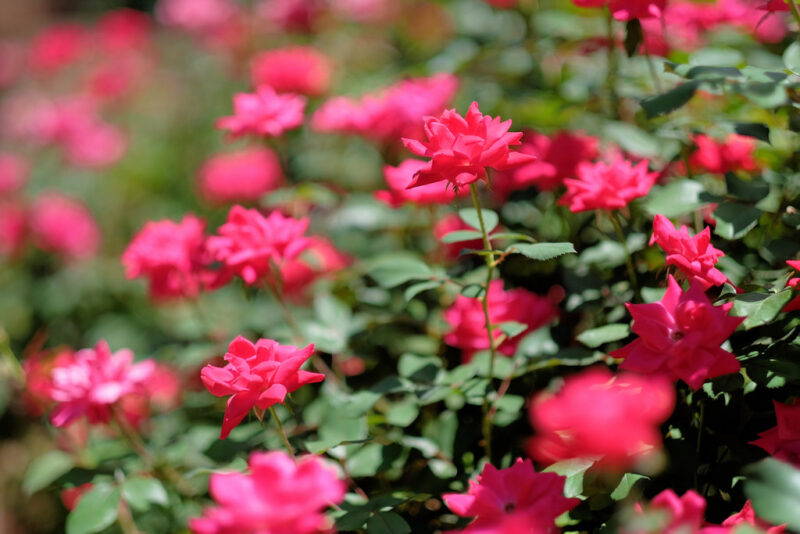
Roses’ cultural significance further enhances their allure. Beyond their role as a decorative plant, roses have historically symbolized love, passion, and beauty across various societies. From the red rose signifying true love to the white rose associated with purity, their colors and meanings vary widely, reflecting human emotions and states of being.
In literature and art, roses have also played a vital role. Poets and writers have long sung the praises of these flowers, using them as metaphors and symbols for a wide array of human experiences. Gardens filled with roses often embody tranquility and beauty, becoming spaces for reflection and connection with nature.
Conclusion: A Final Word on the Safety of Roses
In conclusion, the question, “Are roses poisonous?” finds its answer in a thorough understanding of their botanical makeup, uses, and interactions with humans and animals. Roses, as a species, are not poisonous but do require responsible cultivation and awareness. Their beauty is enhanced by their versatility, making them a cherished component of gardens, kitchens, and cultural narratives.


